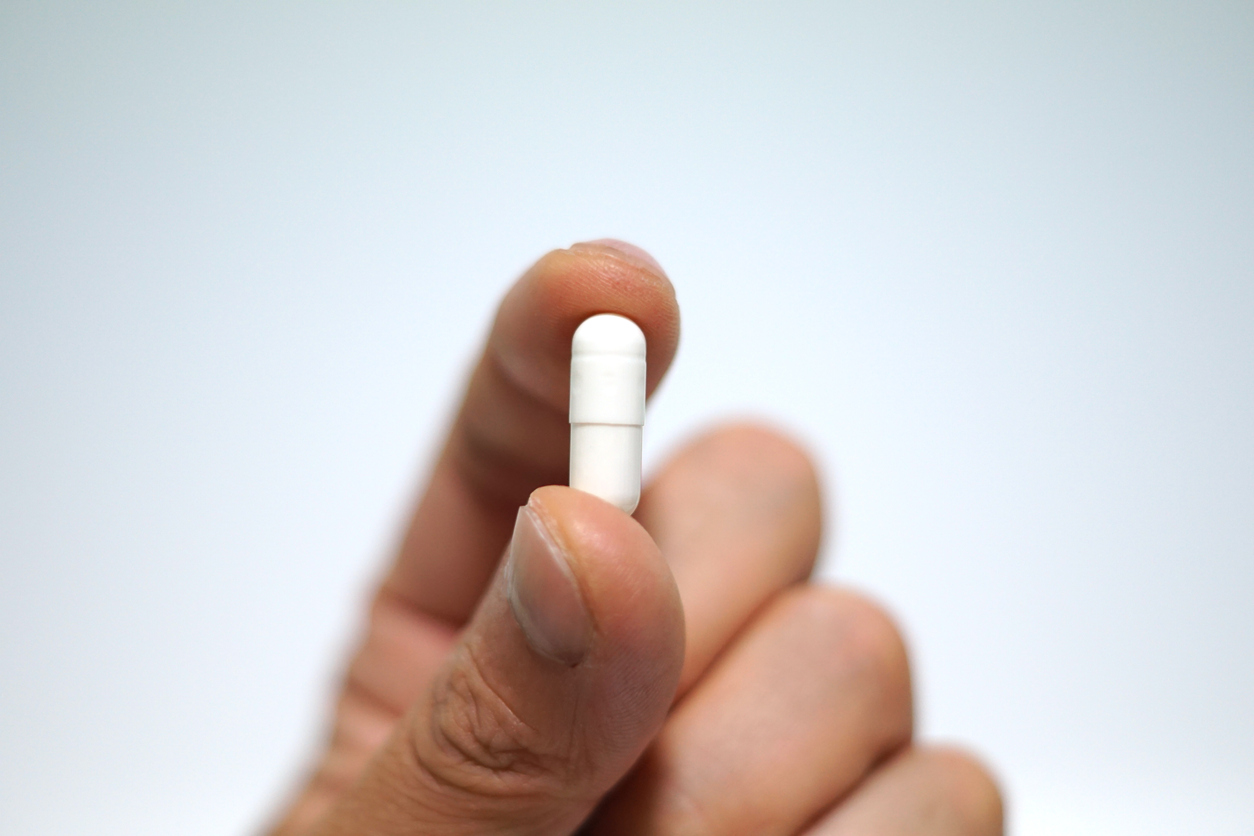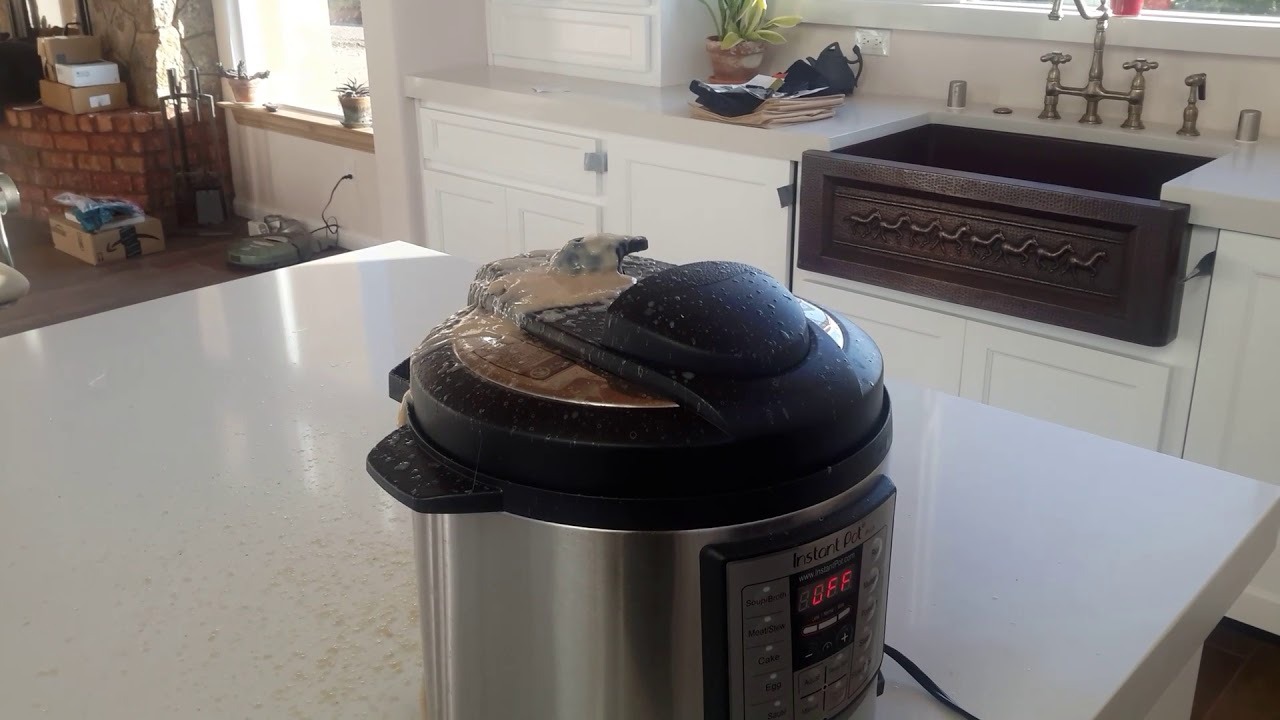
Boeing is now under a contract with the government of the United States for designing the SLS (Space Launch System) rocket platform for NASA, which the spacecraft agency has, plans to use in the future missions. More recently Boeing set up a website known as “Watch Us Fly” in order to make promotions of its spaceflight efforts. There was an interesting section in there which was noted to be making bold claims regarding the SLS rocket of the company.
The page read that the Falcon Heavy launch turned heads in the month of February, but the rocket of SpaceX is a smaller type of rocket, which cannot meet the deep space needs of NASA. Further, the page read that once the SLS, developed by Boeing is operational it would be the most powerful rocket that has ever been developed.
The company that is yet years away from the initial iteration of its hardware is acting to be buoyant on the idea of it to be the solution of the deep space exploration quandary of the world. The aircraft manufacturing company is supporting its own touting by quoting Bill Gerstenmaier who was reportedly been involved in a recent discussion of the differences between the rockets of SpaceX and Boeing at a meeting.
Gerstenmaier stated that the SLS featured some unique capabilities which the Falcon Heavy did not possess or never showed. When the spaceflight head was asked for a further explanation regarding the same, he found it tough to detail out as to why NASA even had any requirement of the SLS, seeing because nothing necessitating a rocket of that size has ever been developed by the space agency.
The website created by the company for the promotion even offered a few pretty suspect assertions. For an instance, it has written on its website regarding the SLS, which appears as if it would be here soon in no time. Nevertheless, in accordance with the received reports, an operational SLS may not actually arrive until post to a couple of years. On top of that, that version of the rocket in all probabilities would not be anywhere even close to the most powerful rocket that has ever been developed.
In fact, nothing yet has ever been able to surpass the Saturn V rocket owned by NASA that ferried the astronauts in the 1960s and 1970s at the time of the Apollo missions. While the long old Saturn V is capable of carrying near about 118 metric tons to the low –Earth orbit, the SLS booster could only be capable of lifting 70 tons.
A 105-ton configuration variant of the SLS is eventually being developed that might lead it to be the most powerful operational rocket. However, that would not turn up until the late 2020s and also an undertaking like the same would demand a cost of billions of dollars.
SpaceX launched its Falcon Heavy earlier this year, in the month of February, and titled it as the “most powerful operational rocket in the world.” However, it seems the significant accomplishments of SpaceX have got into the eyes of its rival Boeing who is now reacting a bit offensive and reportedly has termed the Falcon Heavy as a spacecraft too small. Boeing has claimed that the Falcon Heavy was not able to impress the NASA’S spaceflight department and said that the spacecraft is way too small for the deep space explorations carried out by the space agency.
Boeing Official Press Release
Boeing [NYSE:BA] will host a televised downlink with astronauts aboard the International Space Station (ISS) on May 10 featuring the Genes in Space STEM competition and students who are participating in the research contest. The event will originate from the nonprofit Space Center Houston in Texas and be shown on Facebook Live through NASA’s Johnson Space Center Education Office.
The full program will begin at 10:30 a.m. Central time on Facebook Live, at https://www.facebook.com/jsceducation. NASA TV will join the downlink from 11:05 to 11:25 a.m. The program will conclude at 11:30 a.m. with a demonstration of Boeing’s Starliner virtual reality training system.
The astronauts aboard the ISS will take questions from the two Genes In Space students whose experiments recently were conducted aboard the station, plus other contestants and from the audience. About 200 students from Houston-area middle and high schools will attend the event.
Guests will include the chief scientist for the ISS, a biologist, a leader of Center for the Advancement of Science in Space, and a Boeing Starliner engineer.
Founded by Boeing and miniPCR, the Genes In Space competition offers students in grades 7 through 12 the opportunity to develop DNA-based experiments that could be performed on orbit by astronauts aboard the ISS. A panel of scientists evaluates the proposals to select the finalists and then a winner.
Those taking part in the May 10 program are:
Drew Feustel, NASA astronaut, International Space Station Expedition 55
Scott Tingle, NASA astronaut, International Space Station Expedition 55
Julie Robinson, NASA chief scientist for the International Space Station
Zeke Alvarez-Saavedra, co-founder, miniPCR
Ken Shields, director of Operations, CASIS
Tony Castilleja, Boeing Starliner
Steven Siceloff, Boeing Communications (Host)
For more information on Defense, Space & Security, visit www.boeing.com. Follow us on Twitter: @BoeingDefense.
About miniPCR:
miniPCR was founded in 2013 by Ezequiel “Zeke” Alvarez Saavedra and Sebastian Kraves, graduates of MIT and Harvard respectively, who sought to make access to DNA analysis more accessible. miniPCR’s portable, inexpensive device can replicate specific sections of DNA, in a process called polymerase chain reaction, or PCR. Scientists and doctors use miniPCR each day to accelerate research, diagnose Ebola and other infectious diseases, assess food safety, and to teach essential biotechnology in schools. The Harvard-based team is constantly working to further expand access to hands-on biology. The company worked with Boeing to co-create the Genes in Space student competition in order to instill the love of science and engineering in the next generation.





